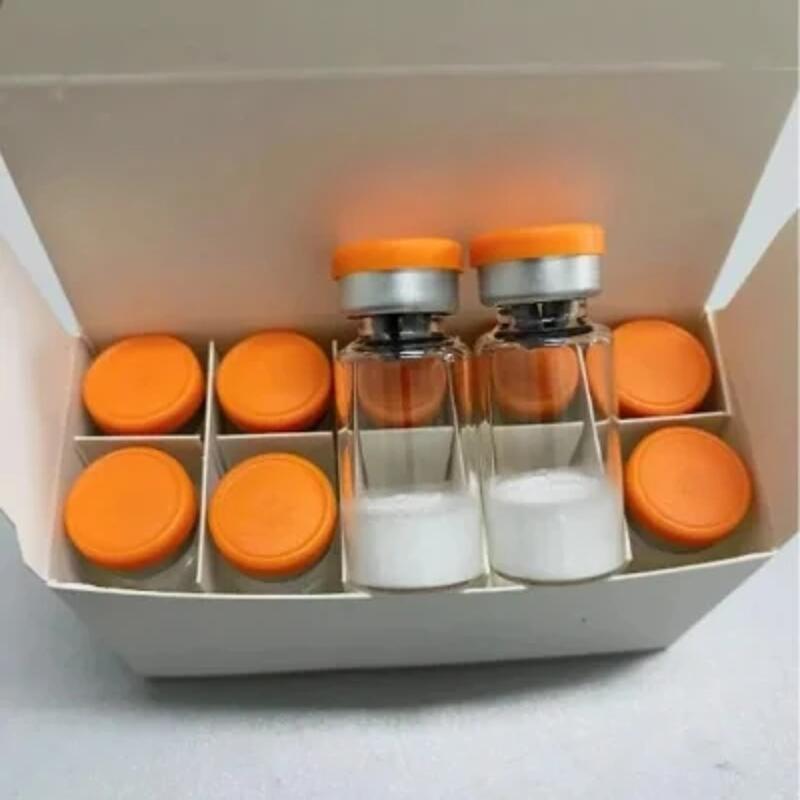Recently, Shanghai Jiaotong University School of Medicine, Department of Urology, Renji Hospital, Professor Chen Hai-ge team for the first time revealed the urine samples of patients with urothelial bladder cancer in urine tumor DNA (utDNA) demonstrated tumor DNA (tDNA) multidimensional degree of coincidence At the same time, it has developed a precise detection kit based on 5 genes, including TP53, KDM6A, FGFR3, PIK3CA and ARID1A, which is expected to be used for early risk classification, dynamic tumor monitoring, detection of minimal residual lesions, and individualized precision treatment for patients with bladder cancer.
Chen Hai-ge team for the first time revealed the urine samples of patients with urothelial bladder cancer in urine tumor DNA (utDNA) demonstrated tumor DNA (tDNA) multidimensional consistency degrees, while developed based on TP53, KDM6A, FGFR3, PIK3CA The precise detection kit developed by five genes including ARID1A and ARID1A is expected to be an effective method for early risk classification, dynamic tumor monitoring, detection of small residual lesions, and individualized precision treatment for patients with bladder cancer
In recent years, next-generation sequencing technology (NGS) based on cell free DNA (cfDNA) in body fluids is gradually being promoted in clinical practice.
To this end, the researchers prospectively collected the tissues of 59 patients with pathologically confirmed bladder epithelial cancer and their corresponding urine and blood samples.
The researchers further explored the role of utDNA detection in clinical practice.
Related paper information: https://doi.
https://doi.
org/10.
1097/JU.
0000000000001878
This article is an English version of an article which is originally in the Chinese language on echemi.com and is provided for information purposes only.
This website makes no representation or warranty of any kind, either expressed or implied, as to the accuracy, completeness ownership or reliability of
the article or any translations thereof. If you have any concerns or complaints relating to the article, please send an email, providing a detailed
description of the concern or complaint, to
service@echemi.com. A staff member will contact you within 5 working days. Once verified, infringing content
will be removed immediately.




![9-[1,1'-biphenyl]-4-yl-3,3'-Bi-9H-carbazole](https://file.echemi.com/fileManage/upload/category/ac71ac0d-8ef6-11ec-89e5-fa163ed06441.png)


